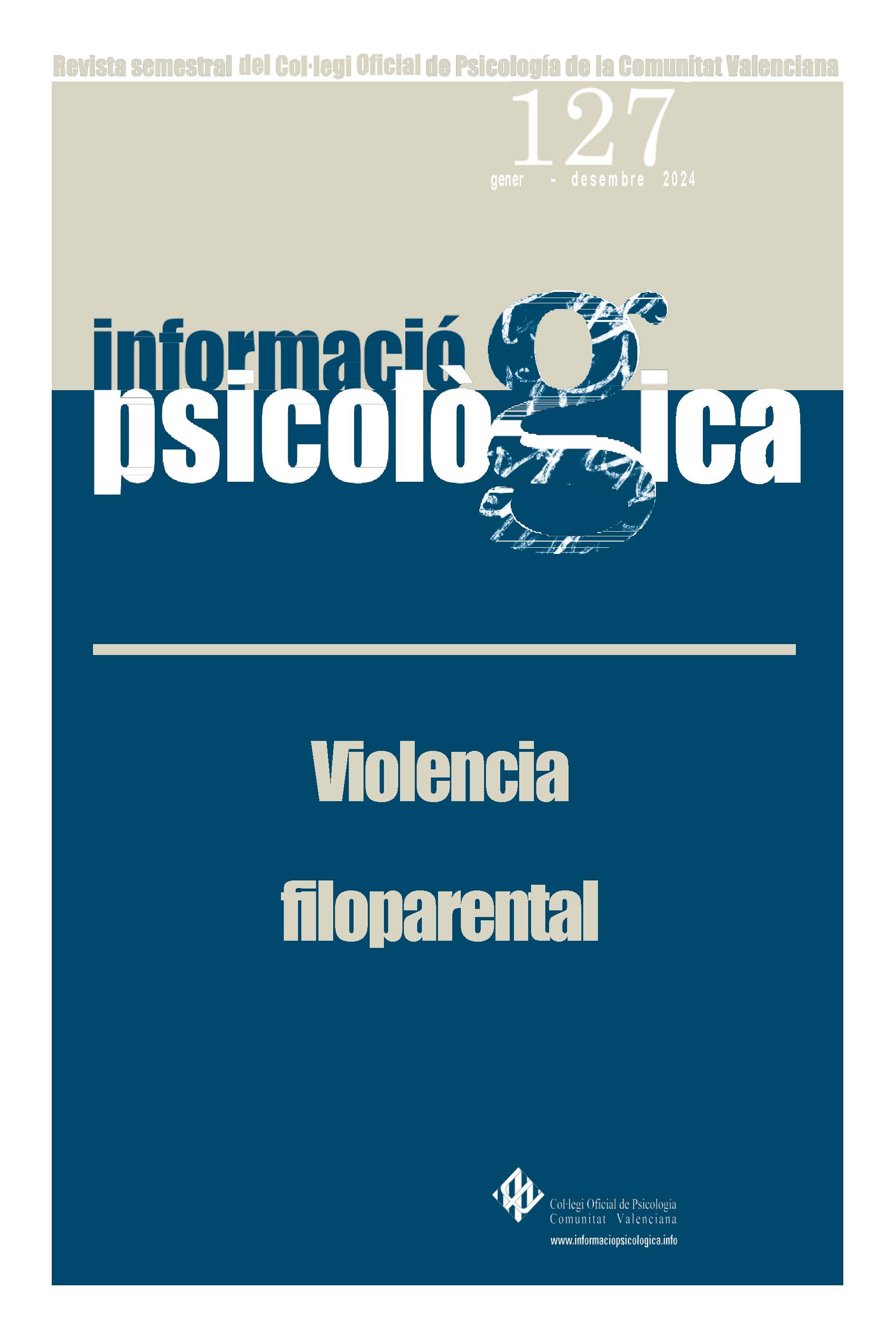Comparison of the Level of Sexism Between Differents Groups and Families with Established Violence
DOI:
https://doi.org/10.14635/ipsic.1990Keywords:
hostile sexism, benevolent sexism, familiar violenceAbstract
The goal of this study was to evaluate the level of sexism, hostile and benevolent, and its relationship with a group affiliation, analyzing the differences and similarities between the groups.
We had a sample of 190 people, divided into five groups, non-university students, university students, social workers, teachers and families with established violence. We used the Ambivalent sexism inventory from Glick y Fiske, in a Spanish version.
The results show how families with established violence and non-university students are the group with higher levels of sexism, contrary to social workers who are the least sexist. However, even if their scoring is lower, in this group the hostile sexism is higher than benevolent, something also observed in teachers.Key words: hostile sexism, benevolent sexism, familiar violence
Downloads
References
Amorós, C. (2000). Feminismo y filosofía. Madrid: Editorial síntesis.
Cárdenas, M., Lay, S.L., González, C., Calderón, C., Alegría, I (2010). Inventario de sexismo ambivalente: adaptación, validación y relación con variables psicosociales. Revista salud & sociedad, 1(2), 125-135. https://doi.org/10.22199/S07187475.2010.0002.00006
De Miguel, A. (2015). Neoliberalismo sexual. El mito de la libre elección. Madrid: Ediciones Cátedra Expósito, F., Glick, P., Moya, M. (1998). Sexismo ambivalente: medición y correlatos. Revista de psicología social 13(2), 159-169. https://doi.org/10.1174/021347498760350641
Fundación Amigo (2023). Datos 2020. Violencia filio-parental. Informe. Disponible en: https://fundacionamigo.org/vfp/
Garaigordobil, M., Aliri, J. (2011a). Conexión intergeneracional del sexismo: influencia de variables familiares. Psicothema. 23(3), 382-387.
Garaigordobil, M., Aliri, J. (2011b). Sexismo hostil y benevolente: relaciones con el autoconcepto, el racismo y la sensibilidad intercultural. Psicothema 16(2), 331-350.
Glick, P., Fiske, S. (1996). The ambivalent sexism inventory: Differentiating hostile and benevolent sexism. Journal of personality an social psychology, 70(3), 491-512. https://doi.org/10.1037/0022-3514.70.3.491
Lameiras, M., Rodríguez, Y. (2003). Evaluación del sexismo ambivalente en estudiantes gallegos/as. Acción psicológica, 2(2), 131-136. https://doi.org/10.5944/ap.2.2.526
Mill, J.S. (2005) [1869]. El sometimiento de las mujeres. Madrid: Biblioteca Edaf
Nash, M. (2014). Feminidades y masculinidades. Arquetipos y prácticas de género. Madrid: Alianza editorial.
Sebastián, A., Sánchez, M. (2006). La presencia de estereotipos de género en el sistema educativo como determinante del desarrollo personal y profesional. Madrid: dykinson.
Vázquez, P. (2015). Violencia machista y menores de edad: niveles de sexismo presentes en la educación parental. En González García, E.; García Muñiz, A.; García Sansano, J. e Iglesias Villalobos, L. (Coords.). Mundos emergentes: cambios, conflictos y expectativas (pp.707-721).Toledo: ACMS.
Zubieta, E., Beramendi, M., Torres, J.A. (2011). Sexismo ambivalente, estereotipos y valores en el ámbito familiar. Revista de psicología, 29(1), 102-129.
Downloads
Published
How to Cite
Issue
Section
License
Nota de Copyright-Los autores que publican en esta revista están de acuerdo con los siguientes términos:
Los autores conservan los derechos de autor y garantizan a la revista el derecho de ser la primera publicación del trabajo al igual que licenciado bajo una Creative Commons Attribution License que permite a otros compartir el trabajo con un reconocimiento de la autoría del trabajo y la publicación inicial en esta revista.
Los autores pueden establecer por separado acuerdos adicionales para la distribución no exclusiva de la versión de la obra publicada en la revista (por ejemplo, situarlo en un repositorio institucional o publicarlo en un libro), con un reconocimiento de su publicación inicial en esta revista.
Se permite y se anima a los autores a difundir sus trabajos electrónicamente (por ejemplo, en repositorios institucionales o en su propio sitio web) antes y durante el proceso de envío, ya que puede dar lugar a intercambios productivos, así como a una citación más temprana y mayor de los trabajos publicados







